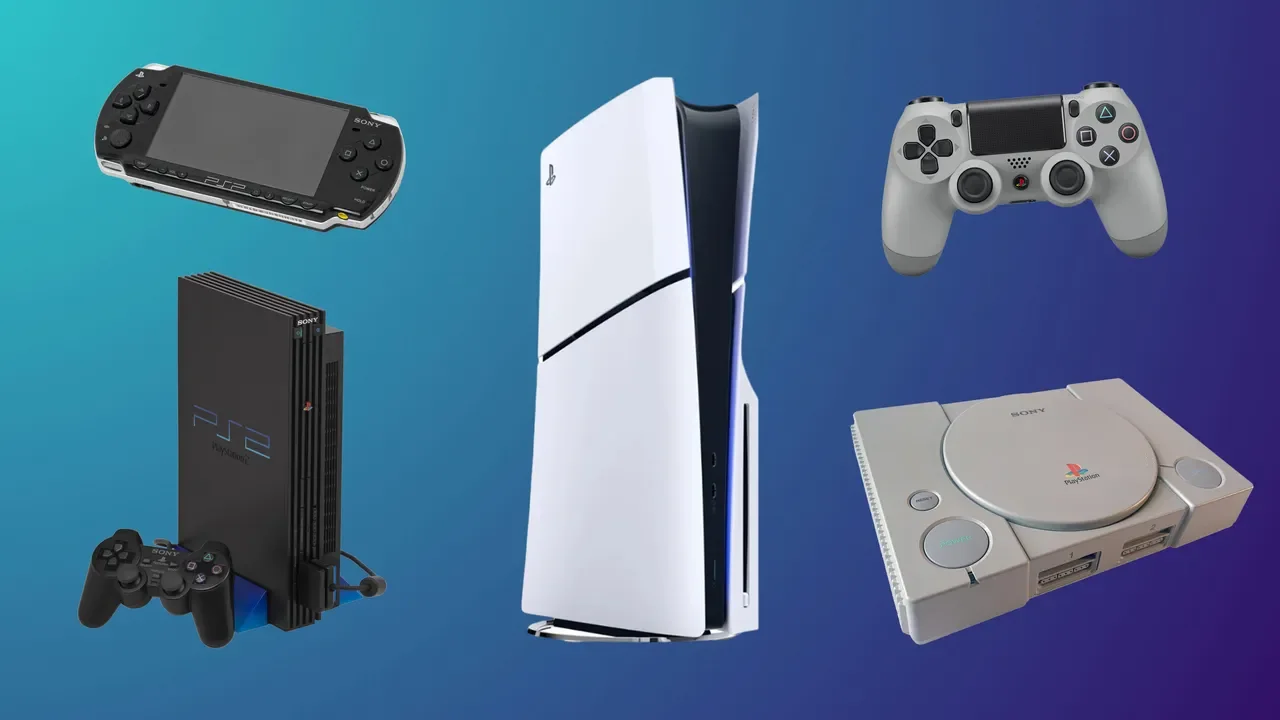PlayStation 5’s “Record-Breaking” Success: Smart Spin or Next-Gen Letdown?
Sony’s out here celebrating what it calls the most financially successful PlayStation generation ever, but gamers aren’t exactly popping champagne. During a keynote at the Tokyo Game Show last month, Sony execs claimed the PS5 era has brought in a massive $136 billion in revenue for its game and network services division since 2020. That number sounds wild… until you look a little closer.
The Numbers Behind Sony’s Victory Lap
Sony’s bragging rights come with a big asterisk. That $136 billion isn’t just PS5 sales — it bundles in subscriptions, microtransactions, and even PS4-era revenue. So, while it looks like a knockout number, it’s not exactly apples-to-apples.
Hardware-wise, the PS5 is doing well, shipping around 80 million consoles by mid-2025. Impressive, sure, but it’s still chasing the PS4’s lifetime mark of 117 million. Even so, Sony’s been confidently raising prices (with a quiet $50 PS5 price bump in the U.S.) all under the banner of “economic pressures.”
It raises a question a lot of players are asking: Is Sony flexing for the fans, or for the investors?
PS5: Record Profits, Minimal Payoff
Financially, Sony’s thriving. But for many gamers, the PS5 generation feels like a disappointment. The hype from 2020 and the sense of stepping into the “future of gaming” has fizzled for some owners.
Despite Sony’s bragging rights, plenty of players feel like they’ve been bamboozled. Yes, the console sells, but where are the next-gen leaps? Where are the exclusives that define the generation? Instead, it often feels like Sony’s raking in record profits through price hikes, microtransactions, and higher subscription fees — not by delivering must-play experiences.
The Slim Model Controversy
Then there’s the new PS5 Slim, which isn’t exactly winning hearts. The “refined” model rolling out first in Europe reportedly cuts corners on materials and even reduces SSD size from 1TB down to 825GB without a matching price drop.
The original’s glossy finish has been replaced by a cheaper matte shell, which some fans actually prefer, but others see as just another cost-saving move that benefits Sony more than consumers.
One gamer summed it up best: “It could look like the cheapest box on Earth as long as the price matches that cheap look.” And that’s the rub: Sony’s cutting costs, but not passing savings on to players.
Style, Substance, and the Shape of Things to Come
Let’s be honest: the PS5’s physical design has always been divisive. Those giant fins and awkward curves don’t exactly scream “minimalist future tech.” Many fans would rather see a return to PS4 Slim simplicity — a sleeker, squarer look that fits better in entertainment centers (and doesn’t require sitting on a book to keep from overheating).
More concerning is the possibility that this Slim model (currently Europe-only) might hit the U.S. soon. If it does, we’ll see whether American players are willing to swallow the same price for less hardware.
Greed or Strategy?
The truth likely sits somewhere in the middle. Sure, global tariffs and rising manufacturing costs are real issues. But Sony, like most major tech companies, knows how to turn those challenges into profit opportunities. The move to cheaper builds, smaller SSDs, and unchanged prices feels like classic corporate strategy: make it seem like you’re adapting, while actually squeezing more out of every sale.
There’s no question Sony dominates the console space right now, but the “most successful generation ever” claim feels like a marketing spin aimed more at shareholders than gamers. If anything, this era proves how far the gaming industry has shifted from innovation to optimization.
As players, we just want that next-gen spark back…not another reminder that the bottom line comes first.



